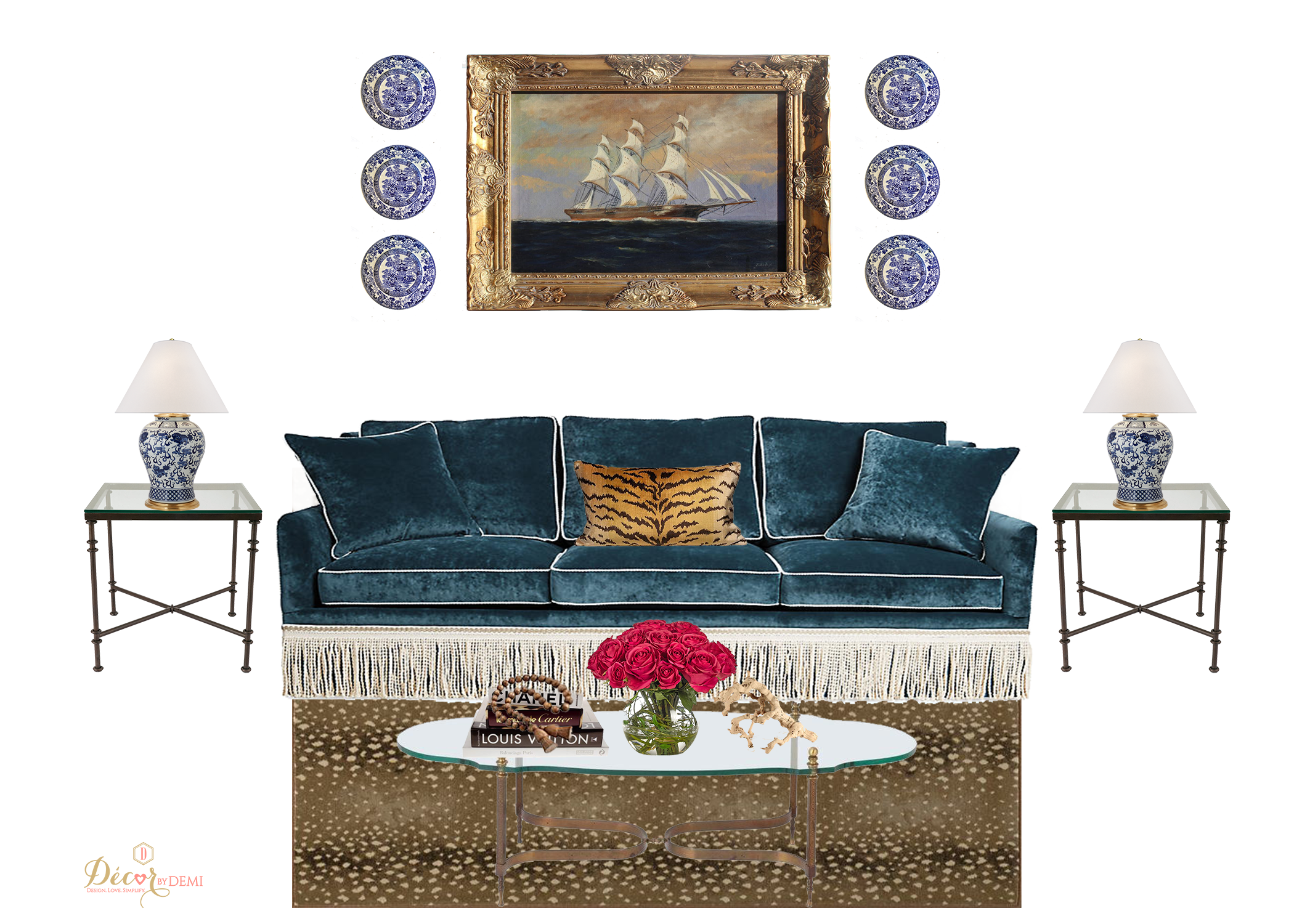I often find myself overcoming objections from clients who don't see the need to invest in custom window treatments. The objections range from, “I already have blinds” to, “they are a dust magnet”, and the big one - “they are too expensive”.
Most homeowners don't understand the importance of custom window treatments in a well-designed room, or they assume that they are just an unnecessary expense. However, there are a few reasons that window treatments cost what they do, and the cost is very much in line with the quality of the product you will get. Let's look at a few of the reasons.
fabric selection
Fabric is the biggest piece of the cost breakdown for custom window treatments. There is also the style chosen, hardware, labor and installation. Fabric type is very important to the way the treatment will look, and of course fabric choice directly affects the cost. A good quality fabric usually starts at around $50 per yard retail and can significantly go up from there.
window height
Consider what it takes to install two story drapery panels. It is a much bigger undertaking than most homeowners realize and therefore cost comes into question.
However, some brave installer has to get up on a ladder (or scaffolding) to install your new custom draperies. He has to have a vehicle big enough to transport a very large ladder. He has to have insurance. It will take a lot more time than lower windows and it requires specialized tools to ensure the hardware is properly secured to the walls. This will most definitely affect the cost.
Now of course retail drapes could always be an option. However, retail curtains can never be expected to do what custom draperies can. They are mass produced and only come in standard lengths with the largest measurement being 108". A two story window is probably going to be over 200"at least; with an average of about 216". Retail drapes also doesn't take into account that the wall and floor are never level and there has to be some tweaking onsite at installation.
window style
Some homeowners have complicated or unconventional windows. The more complicated the window, the more time and effort that goes into the design and fabrication, and naturally a bigger price tag.
For example, if you have a curved wall of windows or bay windows, that can add to the complexity in having to design a custom solution; which includes a custom rod designed to follow the curve of the wall. These are things that only an expert will notice and design around. And these are things that add to the cost of custom window treatments.
drapery style
There are lots of drapery styles to choose from; some more complicated than others. These days with more casual lifestyles, most homes call for simple drapery panels or maybe the addition of a top treatment like a box pleat valance or cornice board.
I love a layered look, so adding a shade beneath drapery panels is a great look. Of course the more layers you add, the more it will cost.
Cornice boards usually require precision cuts to create, and therefore a lot more time with labor at the workroom. Depending on the size and material, they can also be very heavy, which affects the cost of installation. Roman shades can also be time consuming to create, so labor and installation plays a major role in the cost of custom window treatments.
If you look at the rooms in your home and feel that something is missing, chances are you do not have custom window treatments. A well designed and executed window treatment can be the crown jewel in any room. Don't be deterred by the thought that it might be expensive!
We would love to come out and help you decide the best treatment and how much of an investment you can expect to make.














































